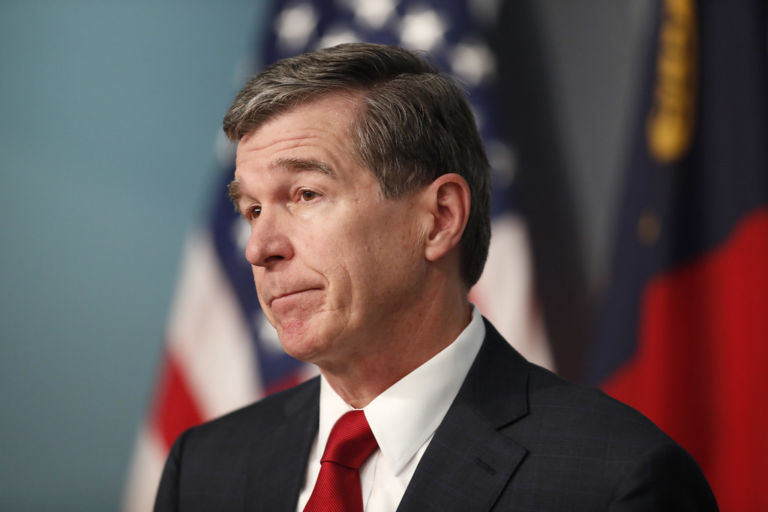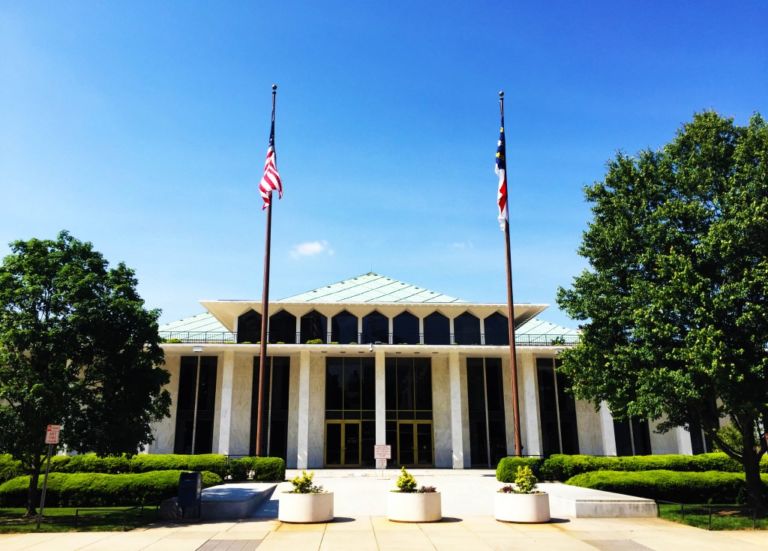Recently, a college acquaintance passed along a Lancaster Online article titled, “Schools scrambling to find substitute teachers.” In it, administrators in Lancaster, Pennsylvania area school districts complain about difficulties finding reliable and qualified substitute teachers.
The substitute shortage in Pennsylvania originates from a problem that may sound familiar to North Carolinians. There is a teacher shortage in the state. According to the article, “In 2015, only 6,215 state residents sought teaching certificates, down 62 percent over just three years. The number of certificates awarded in 2012 was 16,361, according to the education department.”
What may surprise some is that there is a shortage despite the fact that Pennsylvania’s average teacher salary is the tenth highest in the nation at nearly $65,000 a year.
In fact, many states that offer attractive salaries and compensation packages to teachers have struggled to fill vacancies.
- Illinois: “A survey conducted recently by the Illinois Association of Regional Superintendents of Schools found that 83 percent of responding superintendents in northwest Illinois have noticed fewer qualified candidates applying for teaching positions in their district. That’s compared to 76 percent statewide.”
- Nevada: “At the start of this school year, officials in the 320,000-student district encompassing Las Vegas were scrambling to fill nearly 1,000 classroom vacancies. By the end of December, the system still had more than 700 open positions, with unlicensed substitutes filling the gaps in many schools.”
- California: “A new study says that the supply of new teachers in California is at a 12-year low, with enrollment in educator preparation programs having dropped by more than 70 percent over the last decade and lower than the estimated hires by school districts around the state.”
- Colorado: “Fewer students are becoming teachers. Enrollment in the state’s teacher prep schools is down 23 percent from five years ago. That’s affecting all school districts statewide.”
- Washington: “Principals across the state say the current teacher shortage has reached a “crisis” and is placing a severe strain on schools. The information comes from a survey of 730 principals representing 35% of the state’s public schools.”
Liberals, known to never let a good crisis go to waste, have used the shortage as an opportunity to attack education reform efforts, including charter schools, vouchers, teacher evaluation, standardized testing, right-to-work, and tenure. It also gives them a chance to revisit claims that public schools are underfunded and teachers are disrespected by [insert name of political enemies].
But the fact that shortages occur in big-spending, reform-averse, and/or unionized states suggests that the problem is much more complex than leftists care to admit.


